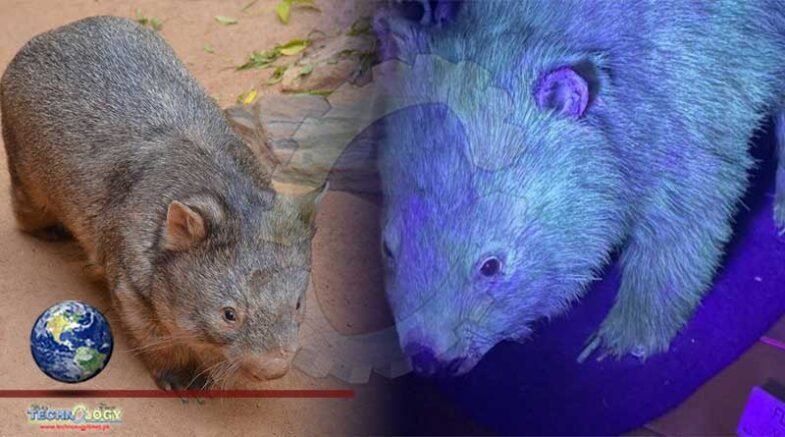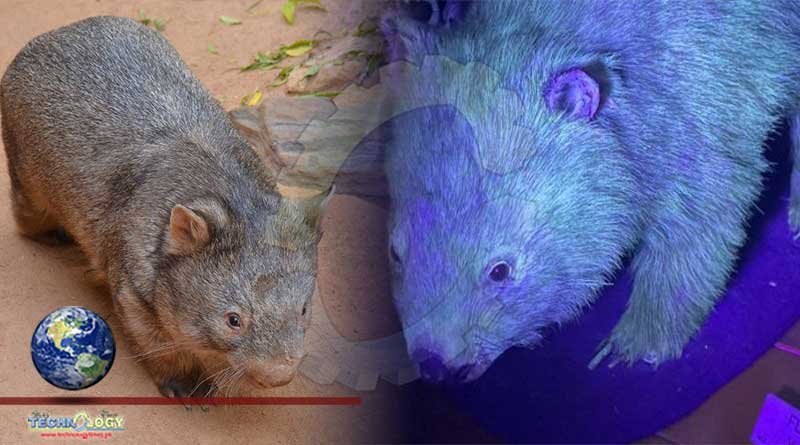Another animal can too glow in the dark. Australian scientists discovered that wombats also have biofluorescent fur like the platypus.

It was just a few weeks ago when scientists discovered another bizarre characteristic of a platypus: its biofluorescent fur. But now, another animal has proven that they too could glow in the dark. Australian scientists accidentally discovered that wombats also have biofluorescent fur like the platypus.
In the past, biofluorescence is only seen in insects and sea animals, but recent discoveries have proven that there is so much to learn more in the animal kingdom. Some mammals and marsupials turn out to have this characteristic too.
Testing biofluorescence in other mammals
When the scientists from Western Australian Museum discovered the glowing fur of the platypus, they started shining UV down on different specimens in the collections of the museum to see if other mammals also have a biofluorescence characteristic. They were not disappointed with the results as they found several of the specimens glowed in the dark.
“We have only tried it on maybe two dozen mammals, so it wasn’t a thorough search.” curator of Mammalogy, Kenny Travouillon told ScienceAlert. “Probably around a third of them did glow.”
These creatures included the platypus, wombats, echidna, bandicoots, bilbies, possums, some bats, insects, frogs, fish, and fungi.
Why do some animals glow in the dark?
Researcher Sarh Munks was initially skeptical when she first heard of the glowing platypus. According to her, the specimens were already in the museum for many years, and that it is surprising to know that platypus are also biofluorescent creatures. But a friend suggested that these specimens could be covered in urine, ABC News reported.
Biofluorescence happens when the animal absorbs a high level of radiation like ultraviolet rays, and then it lights in the form of a lower frequency, thus the glowing characteristic.
Australian Museum wildlife forensic scientist Greta Frankham explained that bones, teeth, and many proteins had been identified to cause biofluorescence on the skin of in other animal tissues.
“There are chemical compounds in lots of different animal body parts that do seem to fluoresce, so it’s not surprising to find there may be other chemical compounds in other things like fur that fluoresce,” she said.
Furthermore, the researchers said that most of the species they found to glow in the dark are either nocturnal or crepuscular, animals that are most active at dusk and dawn, like the wombats. They noted that for biofluorescence to be seen, a certain amount of light is needed, which is not available at night.
This led the scientists to believe that perhaps animals can see more than humans can see. Additionally, they said that none of the species that glow are predators, which makes sense because if they do, it would be hard for them to catch their prey.
There are still many speculations as to how these mammals glow under the UV, which suggests that there is more to do before it can be answered, the researchers said.
Originally published at Science Times
